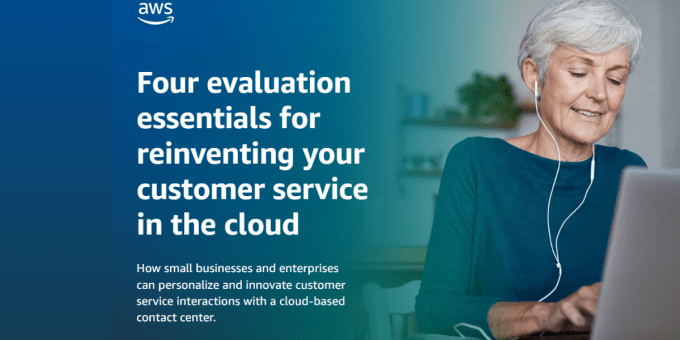
Why is cloud contact center technology becoming mission-critical?
It has long been standard practice for businesses to operate contact centers, allowing customers to ask questions with a live agent who can provide feedback and troubleshoot issues in real time. However, contact center technology has seen several paradigm shifts over the past couple of years.
Customers increasingly want more efficient, more personalized interactions through the channel of their choice: phone, chat, and often self-service. Agents want quick, easy-to-use tools that empower them to resolve customer inquiries from wherever they work. That’s where a contact center can help.
Redefining customer service with the cloud
For most businesses, evaluating and operating a contact center can be a daunting task. It can be difficult to set up, configure, and use the platform to fit the unique needs of the business. However, we are now at an inflection point where cloud contact centers can provide more value, features, and increased flexibility. All of this is available with pay-as-you-go pricing that enables businesses to scale up or down, experiment, and make incremental changes that previously were associated with negotiations, annual contracts, and maintenance fees.
Using a cloud-based contact center can help businesses avoid many of the traditional contact center traps altogether. The future of cloud-based platforms allows for simplified setup and management, flexible scaling, and out-of-the-box artificial intelligence (AI) at a lower cost of operations. As more and more businesses are moving operations to the cloud, it pays to learn how your contact center could benefit.
Four evaluation essentials
Before evaluating new contact center technology, it is important to ask, What are the goals of my company’s customer experience? Is it to improve customer satisfaction? Reduce resolution time and costs? Is it to improve the productivity and well-being of your agents?
Every organization’s contact center solution will ultimately depend on its specific customers, its existing capabilities, and its current technology environment. However, for business leaders thinking about migrating, there are four essential considerations you should begin with.
This article is posted at aws.amazon.com

Please fill out the form to access the content







